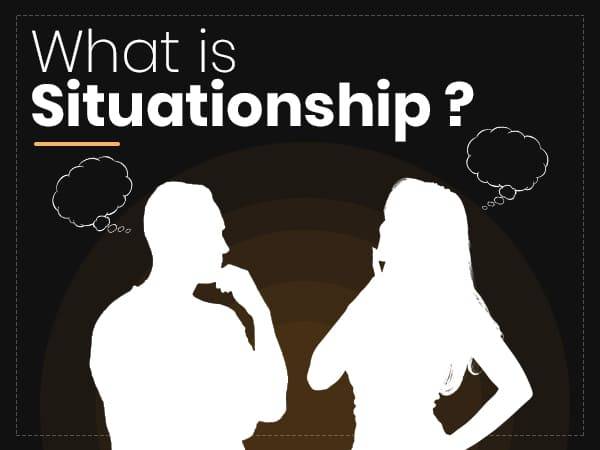Understanding Situationships: Navigating the Gray Area of Modern Relationships
In the ever-evolving landscape of modern relationships, a new term has emerged to describe a complex dynamic that many find themselves entangled in: situationships.
Unlike traditional romantic partnerships or casual hookups, situationships exist in a nebulous space, often lacking clear definitions, commitment, or labels. This article delves into the concept of situationships, explores how to identify them, and offers insights into how individuals can navigate their way through these intricate connections.
Situationships are characterized by their ambiguity, where the boundaries between friendship and romance blur, leaving both parties uncertain about the nature of their involvement. These arrangements often arise from a variety of circumstances: a fear of commitment, a lack of time for a traditional relationship, or simply an unspoken understanding between two people. The absence of defined expectations can provide a sense of freedom, but it can also lead to confusion and emotional turmoil.
Identifying a situationship requires a keen awareness of certain signs. Are you spending time together regularly, often engaging in intimate conversations and activities, yet avoiding any discussions about exclusivity or long-term plans? Do you feel a deep connection with this person but find yourselves evading labels or official titles? These are indicators that you might be in a situationship.
While situationships might offer some advantages, such as flexibility and a lack of pressure, they can also pose challenges. The absence of clear communication can lead to misunderstandings, jealousy, and unmet emotional needs. To navigate a situationship successfully, open and honest communication is key. Initiate a conversation to define both parties' expectations, feelings, and goals. While this might feel daunting, it's an essential step to ensure both individuals are on the same page.
If one or both parties seek more than what a situationship offers, it's crucial to evaluate whether the arrangement is fulfilling their emotional needs. If not, it might be time to consider transitioning the relationship into a more defined form or walking away altogether. Self-awareness and emotional well-being should always take precedence.
In conclusion, situationships are a reflection of the complexities of modern dating. They provide an opportunity to explore connections outside the traditional relationship structure, but they also demand careful navigation. Identifying the signs, fostering open communication, and prioritizing emotional well-being are essential for successfully managing situationships. As relationships continue to evolve, embracing clarity and open dialogue can lead to healthier and more satisfying connections, whether they remain in the realm of situationships or evolve into something more defined.


